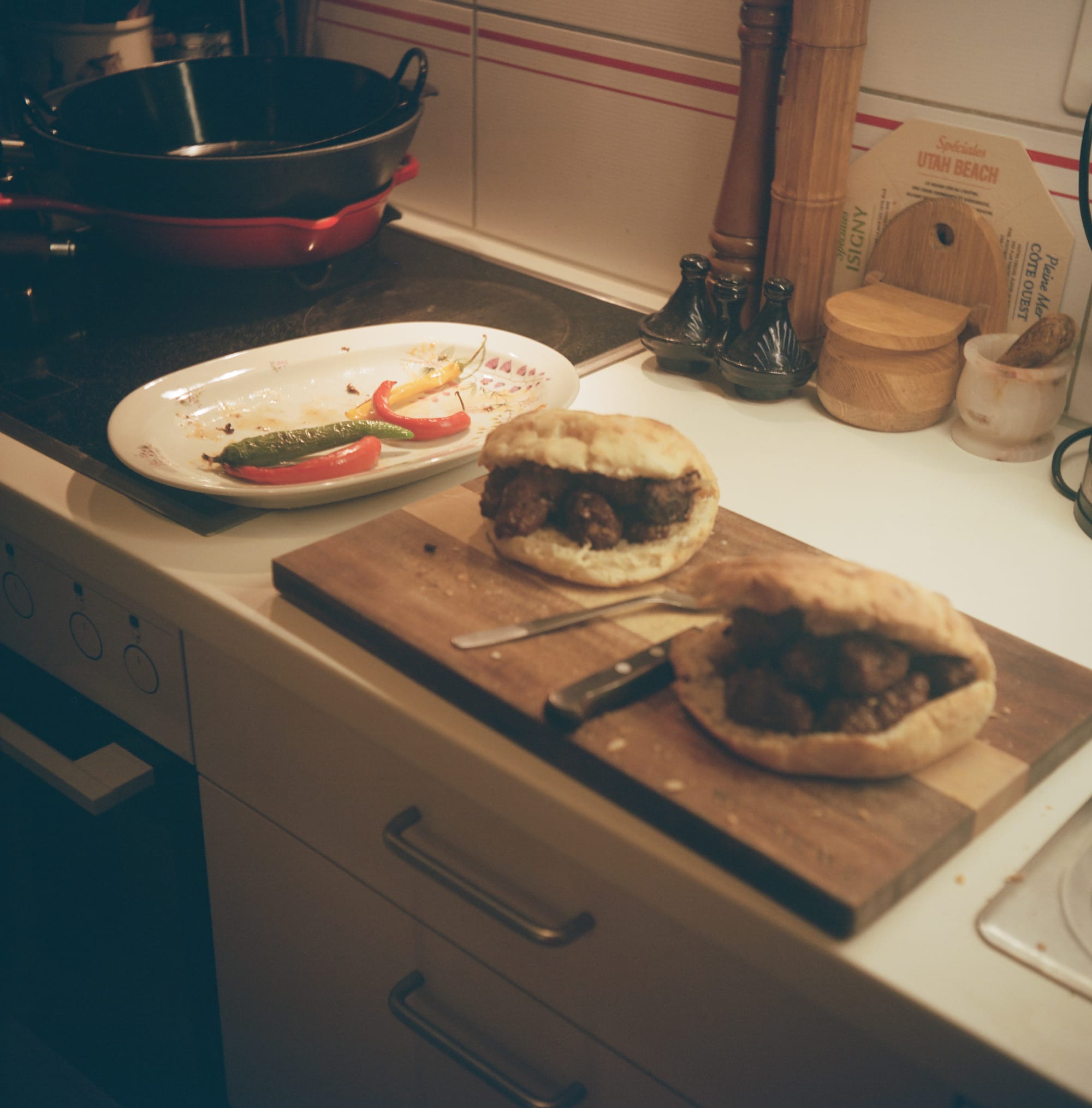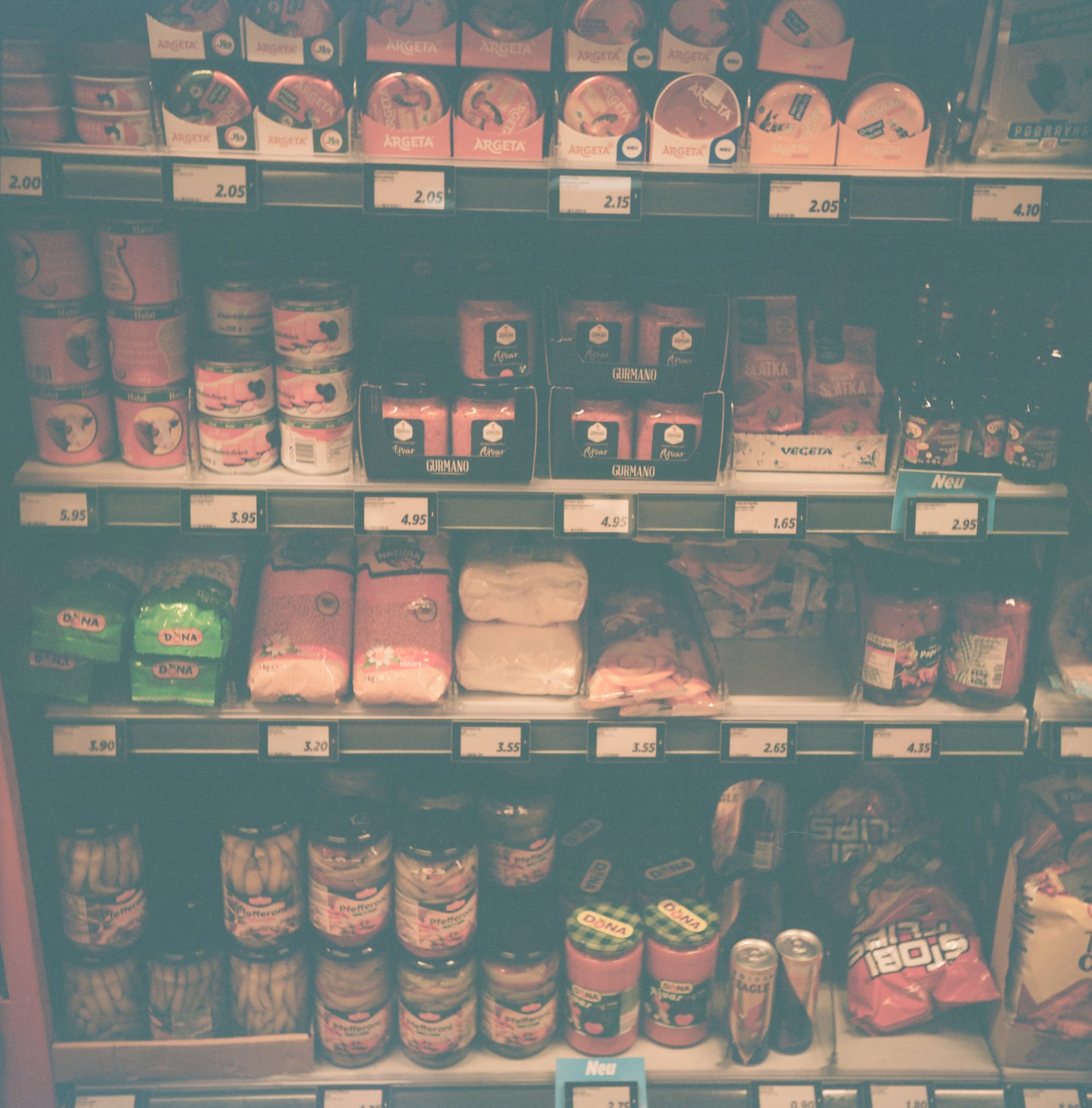What to eat BOSNIA AND HERZEGOVINA 🇧🇦 Ćevapi
While minced beef is used, other forms of ground meat can also be added in the numerous variations across the Balkans, including lamb, mutton, and pork. Owing to the Muslim faith of many, pork is typically not included in Bosnian-style ćevapi due to cultural tradition.

Ćevapi
Published February 9, 2024 · by Amanda Rivkin
Ćevapi, like many things belonging to the countries that make up the former Yugoslavia, has a collective narrative and a disputed one. The conflicts of the regions, which tended to bring on extreme poverty, meant meat consumption was restricted or cut out entirely at times. The other great historic influence is not as easily attributable to the Ottomans who ruled the Balkans for several centuries as many of the more folkloric origin stories might have it.
In contemporary times, ćevapi is considered the national dish of Bosnia and Herzegovina and one of the national dishes of neighboring, rival Serbia. It is Bosnia though that has sought inclusion of the dish on the UNESCO List of Intangible Cultural Heritage. While the dish is prominent in these two Balkan countries specifically, it is also common in Albania, Bulgaria, Croatia, Kosovo, Montenegro, North Macedonia and Slovenia.
Usually served in denominations of five, the little finger-sized sausages produced without casings tend to be served in a flatbread with kajmak, ajvar and diced raw onions on the side. The Banja Luka variation of the Republika Srpska entity within Bosnia offers four connected ćevapi. While minced beef is used, other forms of ground meat can also be added in the numerous variations across the Balkans, including lamb, mutton, and pork. Owing to the Muslim faith of many, pork is typically not included in Bosnian-style ćevapi due to cultural tradition.
While the word ćevapi is a derivative of kebap, meaning minced meat in Ottoman Turkish, many legends focus on the similarity to the small patties of minced meat known in present day Turkey and elsewhere across the Middle East as köfte. Persian in origin, many insist that ćevapi arrived in the Balkans as early as the sixteenth century owing to Ottoman rule.
However, folkloric origins and the historical record diverge here a bit. While it is entirely possible, perhaps even likely that kebap and köfte were present in the Ottoman diets of the region in earlier centuries, ćevapi as it is known today really saw its popularity soar among the local population beginning in the twentieth century as the pace of life in general quickened then flattened with two world wars and the regional conflicts of the 1990s. However, the term ćevapi did first appear in Ottoman documents from the Balkans as early as the 1850s.
After World War I, ćevapi became something of a collective unifier of the Yugoslav peoples spread across the Balkans. The first known ćevapi shop, known as a ćevabdžinica, which specializes exclusively in the dish, appeared in the interwar Kingdom of Yugoslavia, opening in Sarajevo as a counter service-only spot located in a vaqf (or charity) shop where the restaurant Aeroplan is currently located in the bazaar.
Ćevapi’s popularity however was halted by World War II which flattened cities, lives, purchasing power, diets, sending the new unitary nation into a collective tailspin of poverty. The postwar socialist ideology and recovery period also called for an emphasis on a minimalist lifestyle which included restricted meat consumption until fortunes turned and economic recovery was well underway in the 1960s. It was only then that the region’s rich gastronomic culture could rise again.
At this time popular, folkloric accounts of the origins of ćevapi became common fodder in the media and public discourse. Historians in recent decades investigating topics ranging from alcohol consumption to culinary craft guilds of Ottoman Sarajevo failed to detect traces of the dish in earlier time periods, suggesting that a centuries old tradition may be misleading.
After the wars of the 1990s ravaged the former Yugoslavia and eventually led to the country’s break up into the many fragments of smaller ethno-nation states, ćevapi took on a place of prominence in the collective identity of Bosnians again. Part of a wave of Yugoslav nostalgia of earlier times, ćevapi is at the center of the table but also of collective memory of a better time when there was one nation, under Tito, indivisible, perhaps without justice and liberty for all, but certainly without myriad borders and lives left ruined in the wake of several uncivil wars in the 1990s.

Recipe
Ingredients:
500g of ground beef
1 teaspoon of baking powder
1 tablespoon of sweet paprika
1 teaspoon salt
1 teaspoon ground pepper
1 egg white
2 shallots (or cloves of garlic)
Step 1: Combine the ingredients and diced shallots.
Step 2: Mix together with hands until all the ingredients are thoroughly combined.
Step 3: Cover and refrigerate for at least one hour.
Step 4: After at least one hour, take out the ground beef mixture and form little sausage-shaped pieces from the minced meat.
Step 5: Grill for approximately seven to eight minutes on each side.
Step 6: Serve with grilled peppers and flatbread, chopped onions, tomatoes, ajvar, and kajmak.
Tips, tricks and notes:
Do not forget to refrigerate to keep the meat together and allow for the baking powder to do its thing!

In Switzerland, the discount grocery chain Denner often has authentic Balkan sides and sauces like ajvar and kajmak as well as a dedicated section of ethnic or international foods at extremely reasonable prices. They also sell Bosnian-style flatbread. If you want to eat like someone from the Balkans, shop like someone from the Balkans!
Learn where to eat Bosnian food in Switzerland.
Follow our social media pages @swissglobaldining on Instagram, TikTok and YouTube